Speaker of the House, John Boehner
Watching Obamacare enrollment numbers soar.
***
Welcome to Health Reform Watch, Sarah Kliff’s regular look at how the Affordable Care Act is changing the American health-care system — and being changed by it. You can reach Sarah with questions, comments and suggestions here. Check back every Monday, Wednesday and Friday afternoon for the latest edition or sign up here to receive it straight from your inbox. Read previous columns here.

Covered California Executive Director Peter Lee speaks during a news conference regarding the number of new health-care enrollees through CoveredCA.com,. (Max Whittaker/Getty Images)
State health exchanges are reporting a surge in enrollment -- and consumer interest -- as they near a late December deadline to purchase insurance coverage.
If November had an Obamacare surge, consider this the December deluge. California averaged 15,000 daily enrollments early last week, about double the sign-ups the state had in early December. New York is now seeing about 4,500 residents choosing plans each day and, in Connecticut, the number is hovering around 1,400.
With consumer interest seeming to spike, these states and others are increasing call center staffing by half.
"We continue to see a tremendous increase in enrollment," says Lisa Sbrana, counsel to New York State of Health. "We're averaging between 1,200 and 1,500 calls per hour and have seen a 34 percent increase in enrollment from last week to this week."
The rush comes before a Dec. 23 deadline to purchase coverage that would begin on Jan. 1. While open enrollment does run through the end of March, the Dec. 23 deadline could be especially important to those who currently purchase coverage and don't want to fall into an insurance gap -- and those who have anticipated the health-care law's insurance expansion.
While states did expect a last-minute rush, some report being taken a bit off guard by how quickly it happened.
Kevin Counihan, executive director of Access Health CT, says his call centers weren't prepared for volume to triple in 6,000 daily inquiries recently. Connecticut has had approximately 47,000 people enroll in coverage since October, with the number evenly split between private insurance and Medicaid sign-ups.
"We didn't staff up fast enough for those calls," he says. "We've now increased our staff by over 50 percent, but that's an area where we're not happy."
Kentucky's exchange, the Kynect, has increased staffing in its call center from 100 to 150 workers as the number of inquiries has climbed. The state has so far had 23,000 people sign up for private health insurance plans. Kynect executive director Carrie Banahan estimates that her state is seeing approximately 3,000 people approved either for Medicaid or to purchase a private plan daily.
"We started about two or three weeks ago at 1,000 and then increased to 2,000, so we're very excited about that response," she says.
These state-run marketplaces have also begun to report initial data on who is actually signing up for coverage. Most report enrollment of young adults to hover around 20 to 30 percent of those purchasing coverage. The White House has previously said it would hope that 40 percent of enrollees nationally were under 35.
Officials cautioned, though, that these preliminary numbers may not be representative, as they have always expected younger shoppers to sign up later in the open enrollment period.
"I think this focus on risk mix by age is very premature," Connecticut's Counihan says, who says 30 percent of his states' enrollees are under 35. "In large part because we're only two-and-a-half-months into open enrollment. The focus on age is a little bit early."
KLIFF NOTES: Top health policy reads from around the Web.
Minnesota's exchange head has resigned. "The head of Minnesota's health insurance marketplace resigned Tuesday after facing criticism over the troubled rollout and a questionably timed vacation in Costa Rica. April Todd-Malmlov submitted her resignation during an emergency closed session of the government board of MNsure, Minnesota's version of the insurance exchange that's tied to the federal health care overhaul. She had been under increasing pressure over insurance sign-up problems and failed to get a vote of confidence from Democratic Gov. Mark Dayton last week." Elizabeth Stawicki and Catherine Reichert in MPR News.
Maryland extends enrollment period for January coverage. "Consumers seeking to obtain coverage starting Jan. 1 through Maryland’s online health insurance exchange will get a few more days to apply, Gov. Martin O’Malley said Tuesday. O’Malley (D) said that all private insurers participating in the exchange, which has been riddled with technical glitches, have agreed to extend the enrollment deadline for January from Dec. 23 to Dec. 27." John Wagner in The Washington Post.
Wall Street analysts see hospital admissions falling. "U.S. hospital admissions in November were the weakest in more than a decade, under pressure from a change in reimbursement rules for Medicare patients and confusion tied to the problem-ridden rollout of Obamacare, according to a survey by Citi Research. New billing rules for the Medicare program for the elderly and disabled require hospitals to treat patient stays lasting less than "two midnights" as an outpatient visit." Susan Kelly for Reuters.